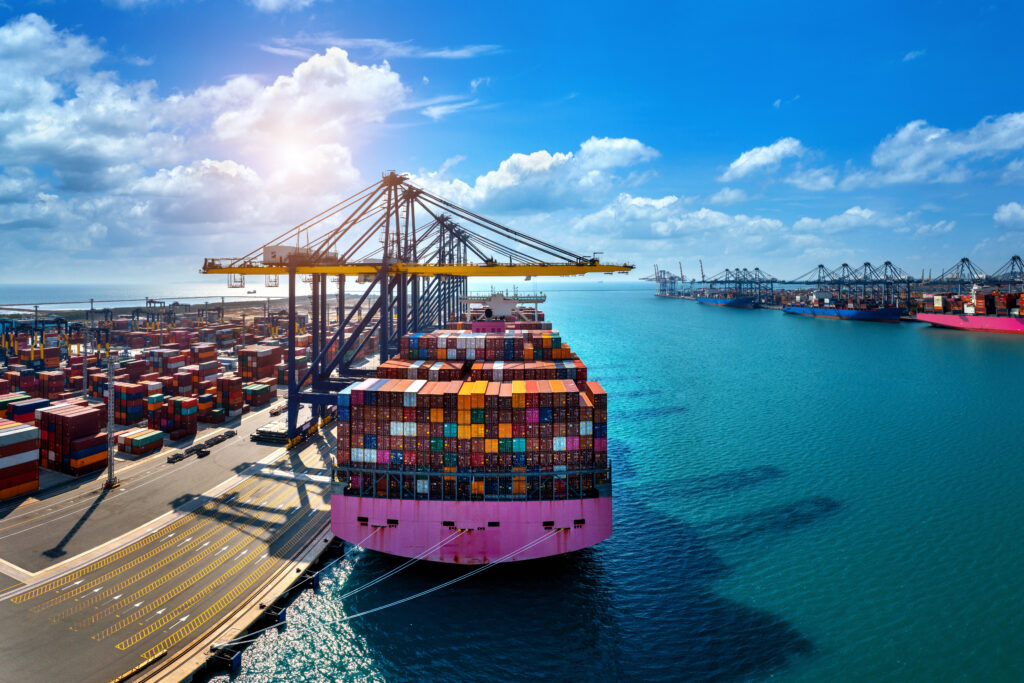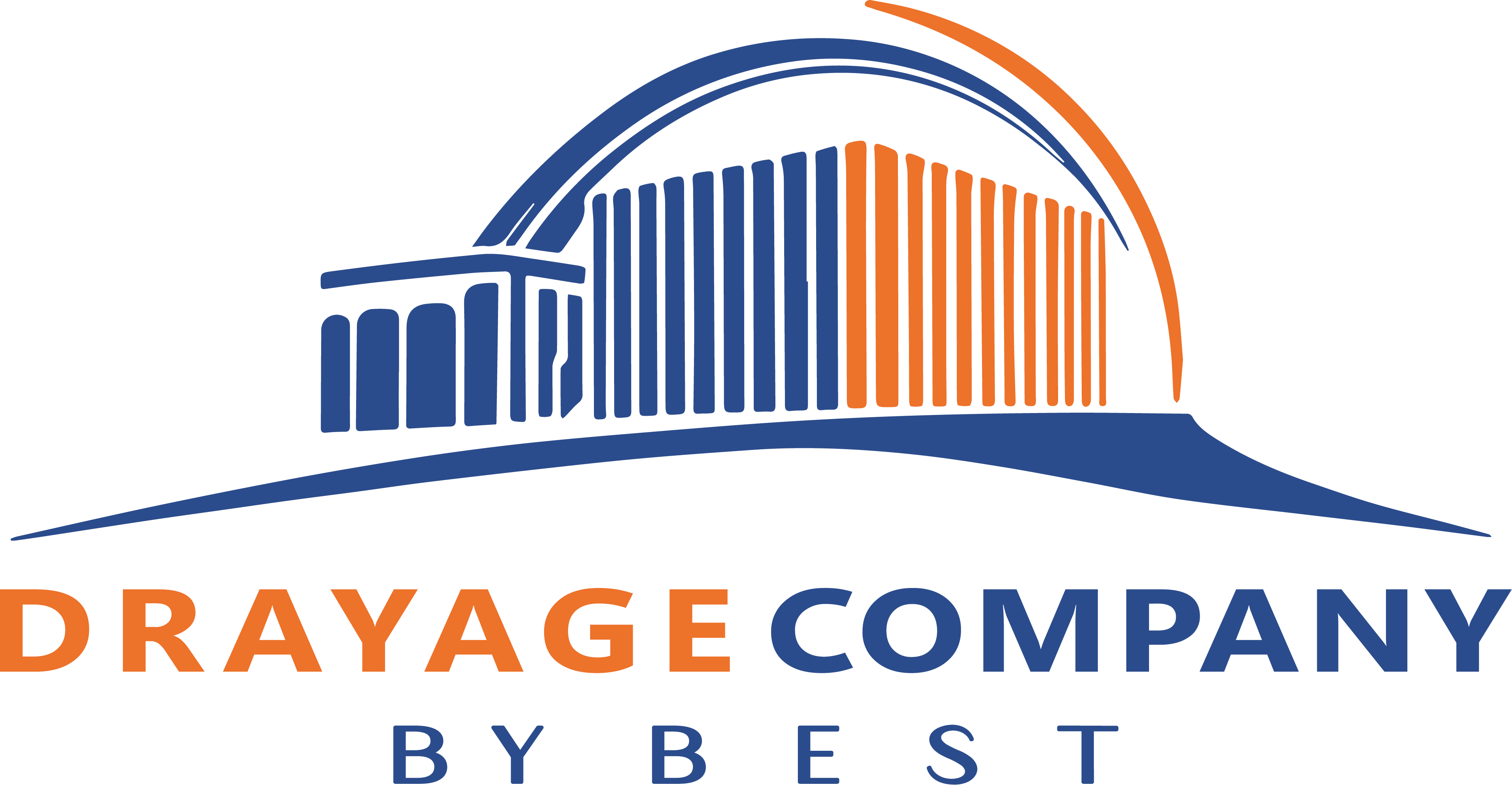Shipping delays and surprise fees at ports can crush timelines and profits. That’s why more businesses are turning to drayage companies to keep goods moving between ports, warehouses, and rail yards. With the right partner, drayage services can streamline last-mile logistics and minimize costly disruptions.
Here are five reasons hiring a drayage company makes solid business sense.
Table of Contents
Key Takeaways
✔ Drayage plays a critical role in short-haul container transport between ports, rail yards, and warehouses.
✔ Hiring a drayage company helps businesses avoid costly delays and port storage fees.
✔ Drayage services improve supply chain speed, accuracy, and inventory planning.
✔ Transparent fee structures make it easier to track shipping costs and avoid surprises.
✔ Integration with ERP, TMS, and WMS systems boosts overall logistics efficiency.
✔ Choosing the right drayage partner depends on experience, communication, and flexibility.
What Does Drayage Mean in Shipping?
For businesses considering third-party logistics, a common question comes up early: what does drayage mean in shipping? In simple terms, drayage is the short-haul movement of freight—typically moving containers from a port or rail yard to a nearby warehouse, storage facility, or final leg carrier.
Many businesses underestimate how vital this step is until they face late fees, missed deadlines, or warehouse backups. Hiring a drayage company helps bridge that critical last-mile gap with speed, compliance, and coordination.
For any business still weighing its logistics options, understanding the role of drayage is key to improving delivery performance and cutting unnecessary costs.
5 Reasons for Hiring a Drayage Company
1. Faster Turnaround Times
Shipping delays can quickly snowball into missed deadlines, lost revenue, and unhappy clients. For businesses weighing the pros and cons of outsourcing, speed is one of the biggest advantages of hiring a drayage company.
How Drayage Companies Help Speed Up the Shipping Process
- Port Familiarity and Access: Drayage companies know port layouts, gate procedures, and container pickup protocols. That experience helps them move cargo faster, often beating tight appointment windows and avoiding unnecessary wait times.
- Priority Scheduling: Established drayage services often have preferred status or long-term agreements with port authorities and rail yards. This allows them to secure faster container releases and avoid backlogs during peak times.
- Real-Time Tracking and Dispatch: Drayage logistics providers use tools that allow dispatchers to track traffic, gate hours, and appointment slots in real time. This leads to fewer delays and faster adjustments if conditions change on the ground.
2. Reduced Shipping Costs
Managing port fees, fuel charges, and downtime can quietly erode shipping budgets. For businesses still weighing their options, working with a drayage company can help control costs without sacrificing delivery speed. A solid grasp of what drayage means in shipping often reveals how overlooked this piece of the puzzle truly is.
How Drayage Services Help Cut Costs
- Avoiding Demurrage and Detention Fees: Ports charge significant fees when containers sit past their allowed time. Drayage services help businesses avoid these penalties by moving freight quickly and keeping shipments on track.
- Route Optimization and Load Efficiency: Drayage trucking companies use real-time tools and regional expertise to avoid traffic and minimize fuel waste. This results in more efficient hauls and better cost-per-mile numbers.
- Lower Equipment and Staffing Costs: In-house trucking operations require maintenance, driver management, and insurance. Partnering with a drayage logistics provider eliminates those responsibilities while offering scalable service.
3. Compliance and Port Regulations
Shipping through ports comes with layers of regulations, paperwork, and security measures. For businesses unfamiliar with the process, these details can become liabilities. Drayage companies manage this complexity daily, making them a valuable ally in compliant shipping operations.
How Drayage Trucking Keeps Shipments Compliant
- Customs and Documentation Accuracy: Late or incorrect paperwork can stall shipments and cause fines. Drayage services ensure documents meet port and customs standards before trucks ever hit the gate.
- Certified Drivers and Secure Access: Ports often require TWIC cards, background checks, and secure driver credentials. Established drayage trucking partners already meet these demands, reducing the risk of access delays.
- Adaptability to Regulation Changes: Whether it’s emissions rules or updated customs codes, regulations shift constantly. Drayage logistics teams track those changes and adjust operations to keep freight moving legally and efficiently.
4. Improved Inventory Management
Late shipments can throw off warehouse operations and customer expectations. Businesses that rely on timely inventory turnover benefit from the precision and consistency drayage companies bring to short-haul transport. Knowing exactly when freight will arrive helps warehouses plan smarter and avoid unnecessary costs.
How Drayage Services Support Smarter Inventory Flow
- Predictable Scheduling: Drayage trucking runs on tight windows that align with port and rail schedules. This predictability helps businesses forecast deliveries and avoid stock shortages.
- Warehouse Coordination: Many drayage services coordinate directly with warehouse teams to streamline unloading, dock use, and container placement. This reduces dwell time and keeps storage areas organized.
- Scalable Capacity: When order volume spikes—during holidays or product launches—drayage logistics partners can scale up quickly. That flexibility helps businesses keep shelves stocked without overextending in-house resources.
5. Better Supply Chain Visibility
Shipping containers often move through a maze of terminals, checkpoints, and carriers. For businesses considering drayage services, visibility is one of the most compelling benefits. Clear tracking and communication allow teams to make faster, smarter decisions.
How Drayage Logistics Improve Tracking and Communication
- Live GPS and ELD Monitoring: Drayage trucking fleets often run GPS and electronic logging systems, giving teams real-time updates. Businesses gain clarity on shipment status without making repeated check-in calls.
- Automated Status Notifications: Many drayage services include alerts for container pickups, delays, and deliveries. These updates keep stakeholders informed and ready to act when schedules shift.
- System Integration for Better Oversight: Modern drayage logistics providers can link directly to transportation management systems (TMS). This improves shipment tracking, reduces paperwork, and strengthens overall supply chain coordination.

How Drayage Logistics Integrate with Larger Supply Chain Systems
For businesses managing port shipments, drayage is often the first mile—or last mile—of a much bigger journey. When drayage logistics connect smoothly with broader supply chain systems, delays shrink, visibility improves, and teams work smarter. Here’s how this integration plays out across key business functions:
1. Linking Drayage Services with Transportation Management Systems (TMS)
A transportation management system helps businesses plan and execute freight movement from start to finish. When drayage services feed real-time updates into a TMS, logistics teams can track containers alongside long-haul shipments and deliveries. This integration keeps operations informed and helps prevent costly surprises.
2. Feeding Container Data into Warehouse Management Systems (WMS)
Once containers are in motion, warehouses need to know when to prepare for incoming goods. Drayage logistics providers can send container ETAs directly to WMS platforms, allowing teams to schedule unloading, labor, and space allocation. This cuts down on bottlenecks and helps maintain efficient warehouse flow.
3. Connecting Drayage Trucking to ERP Platforms
Enterprise Resource Planning systems track everything from inventory to order status. Integrating drayage trucking updates into an ERP gives sales, finance, and ops teams shared visibility into when goods will arrive. That transparency helps avoid miscommunication and aligns delivery timelines with business needs.
4. Syncing Appointment Scheduling Tools with Drayage Carriers
Many businesses use appointment scheduling software to coordinate dock times at warehouses and distribution centers. When these tools link directly to drayage services, container arrivals align better with dock availability, reducing detention fees and driver wait times. It also improves communication between logistics partners and in-house staff.
5. Enabling Real-Time Alerts for Inventory and Freight Teams
Drayage logistics providers can push alerts through integrated systems to keep teams informed of pickup confirmations, delays, or delivery updates. This real-time communication helps inventory planners react quickly to changes without relying on emails or phone calls. It also improves coordination across departments during peak shipping periods.
6. Creating Unified Dashboards for End-to-End Visibility
Businesses often struggle to see the full picture of container movement when data sits in separate systems. Integrating drayage services with supply chain platforms allows for centralized dashboards that show port pickup, warehouse delivery, and status updates in one place. That visibility helps teams make faster decisions and better manage both time and cost.
How to Read Drayage Rates and Fee Structures
Knowing how drayage rates are calculated—and which fees are standard—makes it easier to budget accurately and avoid surprise charges. In fact, strategic coordination of trucking modes and empty container relocation can yield cost savings between 10.45% and 31.86%, making it even more important to understand and optimize your drayage approach.
Here’s a breakdown of the key elements found in most drayage services fee structures:
1. Base Drayage Rate
The base rate is the core cost for moving a container from point A to point B, usually within a limited radius of the port or rail yard. This flat fee is based on container size, mileage, and the service area covered by the drayage trucking company. Knowing this number is essential for comparing quotes from different drayage logistics providers.
2. Chassis Usage Fees
Drayage services often charge for the use of a chassis—the trailer frame that carries the container. While some companies own their own chassis, others rent them, and those costs get passed to the customer as a daily or per-move fee. It’s important for businesses to ask whether chassis charges are included in the quoted rate.
3. Fuel Surcharges
Fuel surcharges fluctuate based on diesel prices and are typically added as a percentage of the base drayage rate. These fees help drayage trucking companies offset fuel volatility and are often adjusted weekly or monthly. Businesses should track how these surcharges are calculated to avoid long-term budgeting issues.
4. Demurrage and Detention Fees
Demurrage occurs when a container sits too long at the port, while detention fees apply if a trucker is delayed during loading or unloading. Both are billed by the hour or by the day and can add up quickly. Drayage logistics providers can help minimize these fees with better scheduling and pre-planned appointments.
5. Pre-Pull or Storage Charges
If a container can’t be delivered right away, a drayage service may pre-pull it from the port and store it temporarily. This avoids demurrage charges but results in a daily storage fee until the container is delivered. Businesses should clarify these terms in advance, especially if they lack flexible warehouse dock schedules.
6. Accessorial Charges
These are extra fees for special services, such as driver assist, liftgate use, or out-of-route deliveries. Drayage trucking companies may also charge for wait time beyond an agreed limit, or for missed appointments. Reviewing accessorial terms upfront helps businesses avoid paying for services they didn’t expect or need.
How to Choose the Right Drayage Services for Business Needs
Choosing a drayage company in New York City isn’t just about who can move a container—it’s about who can move it efficiently, on time, and without extra headaches. For businesses still deciding whether to outsource this part of the supply chain, asking the right questions upfront makes all the difference. Here’s what to look for when selecting drayage services:
1. Proven Experience with Ports and Terminals
A drayage provider should know the ins and outs of port procedures, terminal operations, and appointment systems. Experience helps avoid delays caused by paperwork errors, missed cutoffs, or gate congestion. Companies with a solid track record in drayage logistics offer smoother execution and fewer unexpected issues.
2. Transparent Pricing and Clear Fee Structures
Businesses should ask for a detailed breakdown of rates, including base charges, fuel surcharges, chassis fees, and accessorials. The right drayage services partner won’t hide fees or provide vague estimates. Clear pricing helps companies avoid budget blowouts and plan more accurately over time.
3. Real-Time Tracking and Communication Tools
Visibility is essential in freight management. However, despite its significance, effective communication can be hindered by numerous barriers, resulting in misunderstandings, inefficiencies, and workplace conflicts. Drayage trucking companies that offer GPS tracking, electronic updates, and real-time dispatcher communication help prevent breakdowns in coordination.
4. Scalable Capacity for Peak Seasons
The best drayage services can scale with a company’s seasonal needs or sudden spikes in volume. Whether it’s back-to-school season or end-of-year surges, having a flexible drayage logistics partner ensures container flow doesn’t bottleneck under pressure. Scalability is a major plus for growing businesses.
5. Strong Customer Support and Responsiveness
In logistics, things change fast—and a responsive team can make or break a shipment. Businesses should test how quickly a drayage provider answers emails, phone calls, and urgent requests. Good service isn’t just about the trucks—it’s about people who stay on top of the details.
6. Integration with Existing Systems
A forward-thinking drayage company can integrate with a business’s ERP, TMS, or WMS to share tracking data and delivery updates. This improves efficiency across departments and reduces manual entry errors. Choosing a drayage logistics provider with this capability supports long-term growth and supply chain visibility.

Frequently Asked Questions (FAQs)
Can drayage services be used for export shipments?
Yes, drayage services are commonly used for export moves to transport containers from warehouses to ports or rail yards. These providers handle time-sensitive delivery windows to ensure containers make their vessel cutoff times. For businesses wondering what does drayage mean in shipping, it includes both import and export container movement within short distances.
Are drayage trucking companies responsible for customs clearance?
Drayage trucking companies are not typically responsible for customs clearance, but they do coordinate with customs brokers and freight forwarders. They ensure containers are released and paperwork is in order before pickup. Working with a full-service logistics partner can help businesses streamline this step alongside their drayage logistics needs.
Is drayage only used for full container loads (FCL)?
While full container loads are the most common use case, some drayage services also handle less-than-container loads (LCL) depending on the port or terminal. In these cases, shipments are consolidated and transferred to nearby facilities for sorting. Drayage logistics providers may offer this as part of a broader local freight solution.
Do drayage services include refrigerated (reefer) container transport?
Yes, many drayage companies are equipped to handle refrigerated containers, also known as reefers. These moves require careful timing and power access to maintain the required temperature throughout transit. Businesses dealing in perishables should confirm reefer capabilities when selecting a drayage logistics partner.
What happens if a container is overweight for road transport?
If a container exceeds legal road weight limits, the drayage trucking company may need to repack or split the load before delivery. This can result in added handling, delay, and surcharge fees. Knowing what does drayage mean in shipping includes understanding how weight compliance affects short-haul transport.
Keep Containers Moving with Drayage Company By Best
When timing, port access, and container fees are on the line, Drayage Company By Best delivers sharp, reliable service across New York City. Backed by local knowledge and responsive dispatch, our team handles every short-haul move with precision. Businesses tired of missed cutoffs and costly delays count on Drayage Company By Best to keep goods moving.

